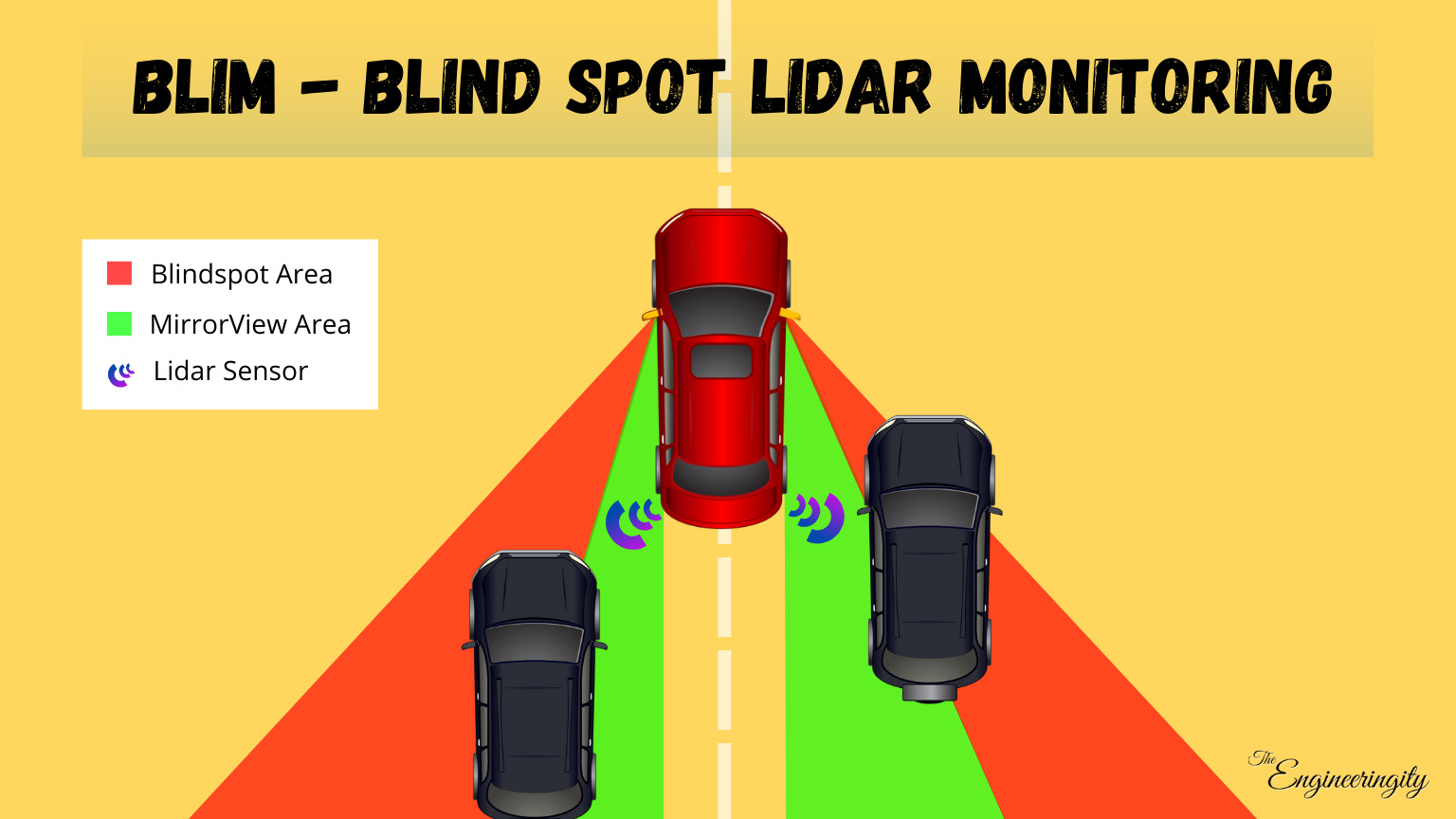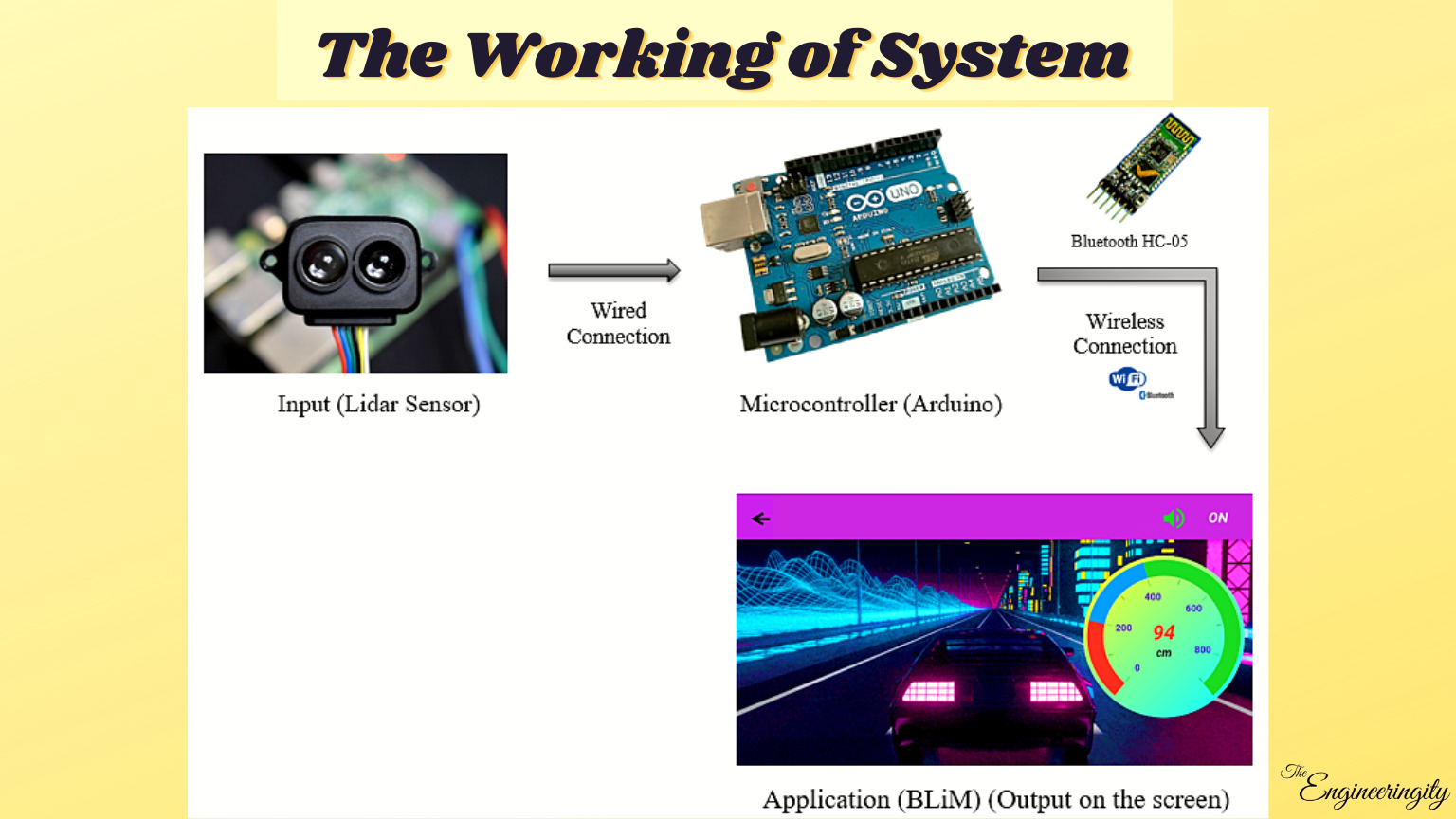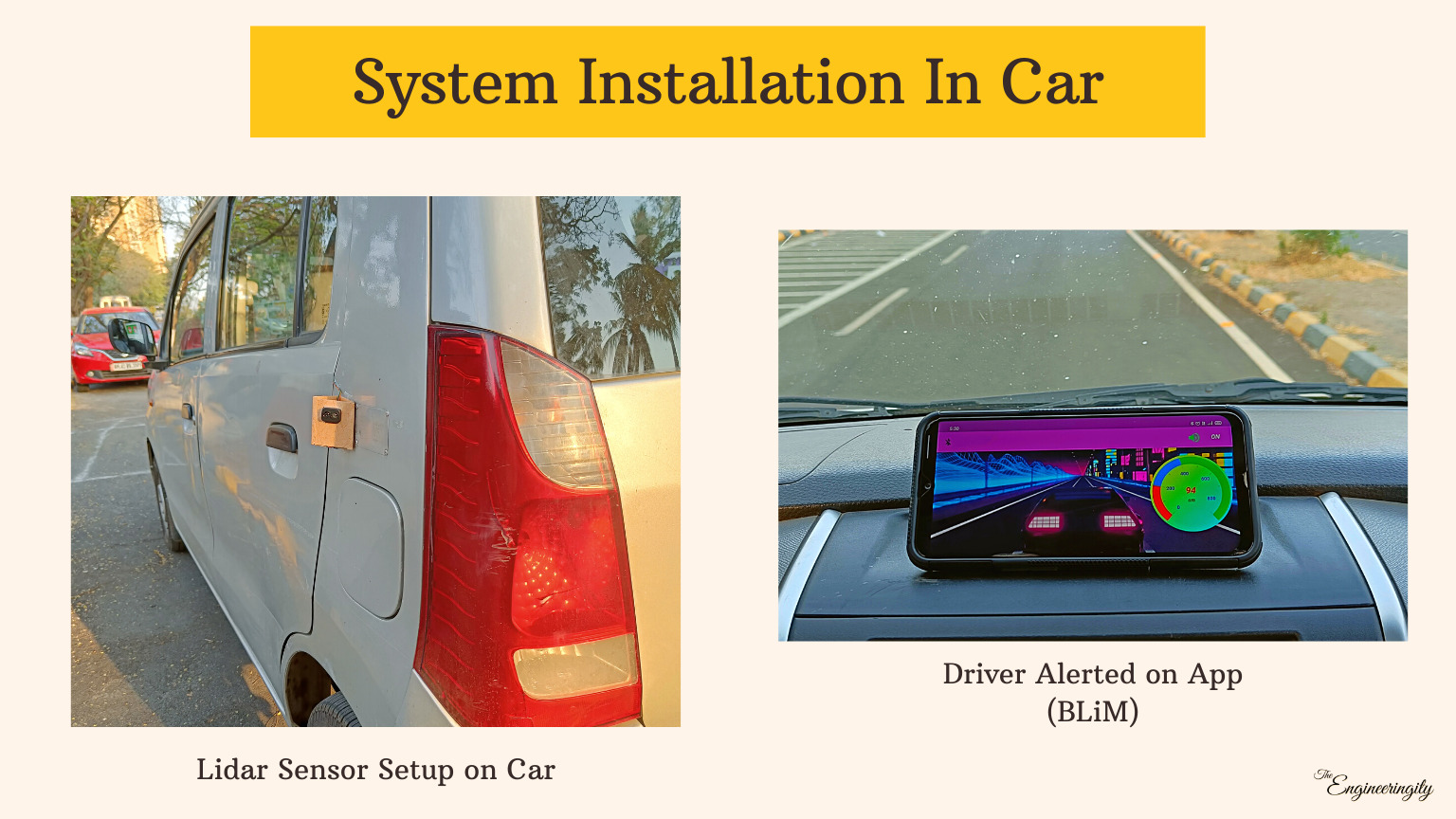Hydrogen Fuel cell vehicles and electric vehicles are both vehicle technologies that have their advantages and disadvantages. Some people think electric vehicles are better than fuel-cell vehicles while some people believe fuel-cell vehicles are far better than electric vehicles.
It is no secret that electric vehicles are still a more expensive option than regular cars but if money was not a problem would you buy yourself an electric car? Is a hydrogen-powered car an even better option than the electric one that is what we are going to see further in this article? Although both these options seem to be environmentally friendly there are so many hidden factors involving that change in the whole tide of the situation except for the environment. There are a lot of key differences in how the two types of cars function and this definitely affects the usability of the car giving one a clear edge over the other.
To find out which vehicle technology has more advantages and benefits for our mother Earth, let's start a detailed analysis and comparison between these two vehicle technologies.
Hydrogen Fuel Cell Car How does it work?
A hydrogen fuel cell vehicle has a hydrogen tank that feeds a fuel cell with high-pressured hydrogen gas that will mix with oxygen, this mix starts an electrochemical reaction that produces electricity to power the electric motor. Here the stored hydrogen gas mixing with oxygen produces electricity, this electricity is then used to power an electric motor to run a fuel cell vehicle.
Battery Electric Car How does it work?
While in an electric vehicle, there is no such thing as a Fuel Cell it essentially relies on a battery that is charged up just like we charge our laptops and phones. Electric motors pull current from a rechargeable battery or any other source of electricity and once it is moving there is no chemical reaction happening either there is only an electric reaction. Electric vehicles are powered by electric motors that get current from a rechargeable battery allowing the vehicle to run.
How many Hydrogen Refueling stations are present around the world?
Till the end of 2021, there were 432 hydrogen refueling stations in the world. Europe has 177 hydrogen stations and 87 of them are in Germany, and France has 26. There are 178 hydrogen stations in Asia. 114 of them in Japan and 33 in Korea, North America has 74 hydrogen stations, and most operating stations are located in California.
What about India India’s first hydrogen fuelling station?
India India’s first hydrogen fuelling station was opened on Sunday 9 October 2005 by the former minister of petroleum and natural gas Mr. Manishankarayer. In 2015 India inaugurated its first solar-powered hydrogen fueling station located at the solar energy center near Delhi. It generates 100% green hydrogen from solar energy through an electrolyzer. Later in 2018 Indian oil corporation, IOC demonstrated the successful trials of India's first hydrogen fuel cell-powered bus in collaboration with Tata Motors.
How many Charging stations are available worldwide?
With more than 5 lakh public chargers China has the most charging stations available in the world, the United States has around 78,000 charging stations, and the Netherlands has 50,000 charging stations. Whereas in India currently there are 250 charging stations operational. In 2020 central government sanctioned 2636 charging stations.
Hydrogen Fuel Cell Efficiency
If we talk about Hydrogen Fuel cell vehicle efficiency, take an example 100 watts of electricity produced by a renewable source such as a wind turbine. To power, a fuel-cell electric vehicle this energy has to be converted into hydrogen by an electrolysis process. Around 25 % of the electricity is automatically lost after the electrolysis process.
So energy efficiency is reduced to 75 %. The hydrogen produced has to be compressed chilled and transported to the hydrogen station and this process is around 90 % efficient. Inside the vehicle, the hydrogen needs to be converted into electricity which is 60 % efficient. Finally, the electricity used in the motor to move the vehicle is around 95 % efficient so it's only 38 % of the original electricity which is 38 watts out of 100 watts used.
Battery Electric car Efficiency
On the other hand, in electric vehicle battery efficiency with electric vehicles, the energy runs on wires from the source to the car, the same 100 W of power from an electric grid lost about 5 % of efficiency and another 10 % of energy loss from charging and discharging the lithium-ion battery plus another 5 % from using the electricity to make the vehicle move. So electric vehicle batteries use 80 watts out of 100 watts. This means hydrogen fuel cell requires double the amount of energy compared to an electric vehicle.
The range covered by Hydrogen and Electric car
A Hydrogen fuel cell vehicle with a full tank can travel up to 500 km
Electric vehicles on a full charge can travel between 160 to 320 km
Refueling Time of hydrogen vs. electric car
Hydrogen vehicles have a huge advantage when compared to electric vehicles because a fuel cell car can be refueled in 5 to 10 minutes (presently Toyota Mirai), on the other hand, an electric car takes hours for a full charge. Even the Tesla Model S can take 1 hour for a full charge with a supercharger.
Comparing these two technologies in terms of refueling comfort, in the case of electric vehicles most EV owners prefer to charge at home. rather than visiting a charging station, EV users feel comfortable charging their vehicles at home rather than at a charging station. But in the case of hydrogen vehicles, the owners should visit a hydrogen refueling station.
Fuel cost of Hydrogen and Electric car
An FCEV uses $8 (Rs. 600) per kilogram of hydrogen fuel and the running cost of a hydrogen vehicle is about $0.08 (Rs. 6) per kilometer. So the Fuel Economy is 6 Rs/km
On the other hand, electricity tariff prices range from 0.15 per kW/hr in the world it is Rs. 11 according to Indian rupees. In India, the electricity tariff starts from Rs. 7 so the running cost of an electric vehicle is Rs. 1.6 per kilometer. So the Fuel Economy is 1.6 Rs/Km.
Specific Energy of Hydrogen vs. Gasoline vs. Lithium ion
We also must not ignore the fact that the specific energy of Hydrogen is 142 MJ/kg (compared to gasoline: 46.4 MJ/kg, Lithium-ion batteries: .6 MJ/kg) which is 3x that of gasoline and 200x as compared that of lithium-ion. Thus less fuel is required to produce the same energy as lithium.
Do FCEVs or EVs create pollution?
Both these vehicles don't produce pollution at the tailpipe but they both have the potential to cause pollution when their fuel is created the electricity will mostly come from power plants. That is the majority of cases are burning fossil fuels to produce that electricity and those fossil fuels. The hydrogen for the fuel cell vehicle will be produced by electrolysis which involves passing electricity through water.
Green Hydrogen Concept
But both these vehicles have the wonderful potential to produce electricity and hydrogen from non-polluting forms the best examples are hydropower, solar power wind power, and nuclear power only then a hydrogen vehicle or an electric vehicle can be completely accepted as green.
The Reality of Hydrogen vs. Battery
And also statistics related to cost, as the production of hydrogen will increase, it will gradually decrease the cost. Whereas as lithium reserves are reduced, it will raise its cost, and exploitation of lithium from the surface of the earth will result in environmental problems. Thus we should focus more on production and hydrogen storage technology than on lithium.
Fuel Cells vs Batteries: Which One is the Better Energy Storage Solution?
Electric vehicles are currently the widely accepted technology in most countries The world's electric vehicle sales are nearly 2 million in 2021 basic charging infrastructure is a widely available wide choice of Sedan'sand SUVs are some of its advantages. Range constraints, slow charging batteries, and recycling difficulties are some of its disadvantages.
On the other hand, Hydrogen Fuel Cell Electric vehicles are at the early stages of adoption with lower environmental impact and 95 % recyclability are the advantages of hydrogen fuel cell vehicles. Very few vehicles are available expensive refueling networks are some of its disadvantages.
According to IHS Marque reports Fuel Cell vehicle sales will reach half a million vehicles per year by 2032 and as per the International Energy Agency, electric vehicle sales will reach 44 million vehicles per year by 2030. These vehicles will be keeping the earth a safer place to live for the next generations.
That's all the complete analysis between fuel cell vehicles and electric vehicles comment on your favorite vehicle category in the comment section below. Is it a fuel cell vehicle or an electric vehicle?
Go green Go electric!












